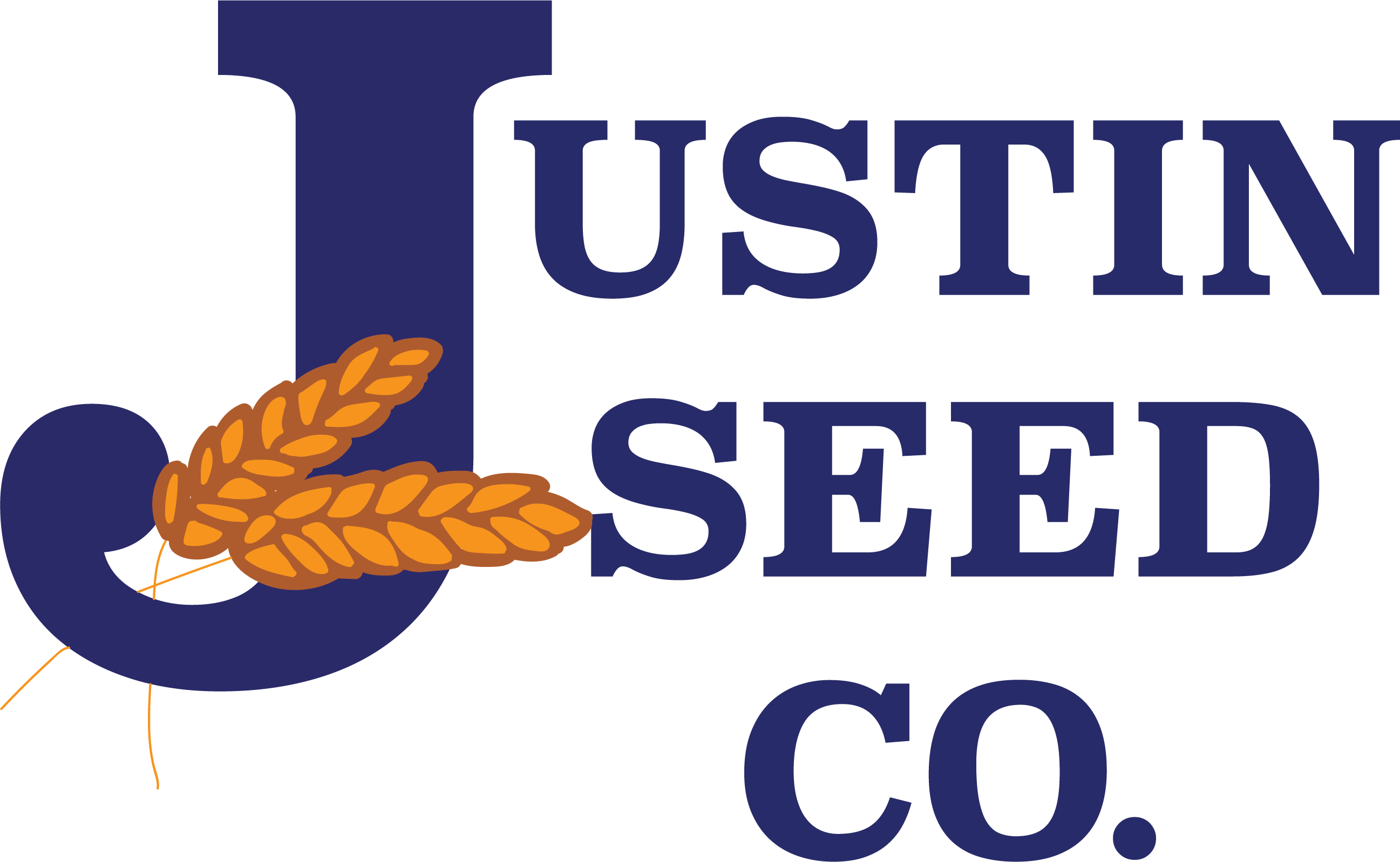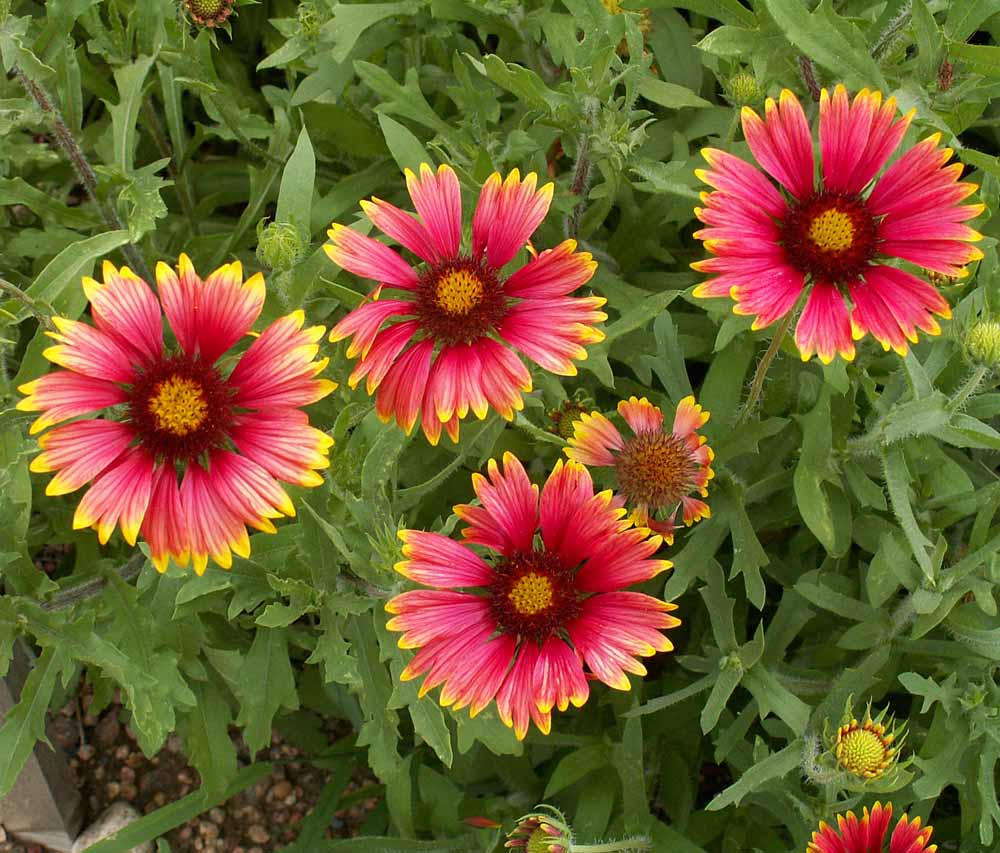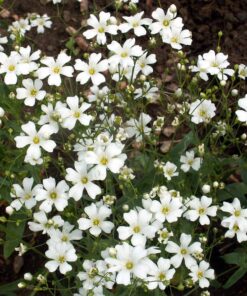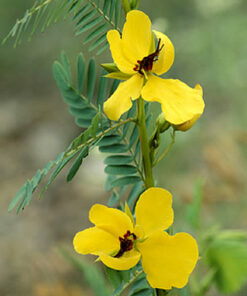Indian Blanket/ Firewheel
$37.50 /lbs. (pounds)
Well adapted native annual wildflower to the plains states. Blooms first year into late summer.
2 in stock
Well adapted native annual wildflower to the plains states. Blooms first year into late summer.
| Grow Height | Bloom Period | Growing Regions | Planting Rate Acre |
Bloom Color |
| 1½-2′ | May-Sept | all | 10 PLS | Red/Yellow |
| Weight | 1 lbs |
|---|
Be the first to review “Indian Blanket/ Firewheel” Cancel reply
You must be logged in to post a review.
Related products
Stout, sparingly branched, pubescent perennial, with large, oval, blue-green leaves and showy, spherical clusters of rose-colored flowers.
Used in food plots for birds, erosion control, and prairie mixes. Perennial.
Introduced to America from Europe. Short lived and Hardy annual. Flowers are white forming dense delicate clusters. Prefers full sun in drained soils.
Full sun or part shade. Useful ground cover. Flowers are up to 4" across. This perennial is a substitute for Common Daisy.
Warm season native perennial that is a member of the legume family. Plant is attractive to bees, butterflies, and/or birds.
Produces a mixture of annual and perennial plants. Recommended planting fall and winter. Colors produced will depend on plants that can establish in your soils.
Native, cool-season perennial which can grow up to three feet tall. The plant produces a basal rosette of leaves that can grow eight inches long.
Sprawling or semi-prostrate perennial with very showy flowers. Grows in various soils in the Texas hill country.










Reviews
There are no reviews yet.